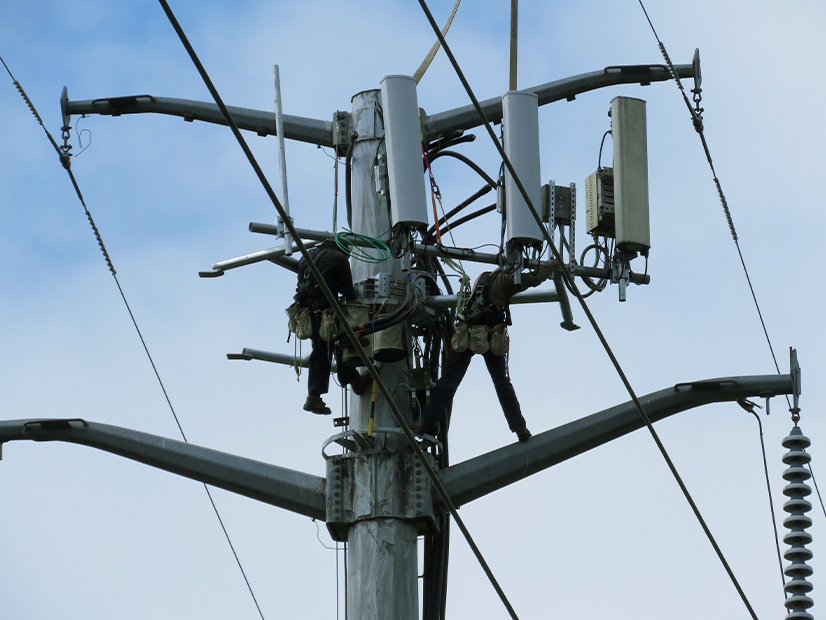PJM stakeholders asked a federal appellate court Wednesday to require the RTO to exercise more oversight over transmission owners’ end-of-life (EOL) projects, saying some of the replacements should be subject to regional planning and competition.
The D.C. Circuit Court of Appeals heard 80 minutes of oral arguments in a challenge to commission rulings that EOL projects are the exclusive province of the transmission owners (20-1449).
In August 2020, the commission accepted a TO-initiated filing adding EOL projects to the planning procedures of tariff Attachment M-3 (ER20-2046). Four months later, the commission rejected proposed tariff changes supported by stakeholders including American Municipal Power, LS Power and consumer advocates that would have moved such projects under the RTO’s planning authority. The commission upheld its rulings last August. (See FERC Rejects Challenges to Decision on EOL Projects in PJM.)
“When the need arises because a facility has been retired, we want PJM to be involved in deciding: Is that a need that gives rise to a plan or a project with regional benefits, in which case it should be regionally planned?” Erin Murphy, an attorney for appellants, told the D.C. Circuit panel, which comprised Judges Neomi Rao, J. Michelle Childs and David Tatel. “Or maybe it is a project that’s local and can be locally planned. What we don’t want is a world in which transmission owners get to make that decision for themselves and decide to locally plan projects, even when as here it’s clear that they actually have projects with regional benefits.”
The appellants said FERC’s rulings result in balkanized planning for EOL projects. In 2018, they noted in a brief, “there were $8.5 billion worth of transmission projects planned, with the largest driver being the need to address end-of-life conditions.”
Speaking on behalf of the TOs, attorney John Longstreth said PJM already has authority to override local EOL projects when there’s an overlap between the local project and a regional project. “PJM gets to plan that project. … We can’t stop that,” he said. “So that protects this regional planning authority.”
In rejecting rehearing, FERC concluded that the Consolidated Transmission Owners Agreement (CTOA) with PJM was “ambiguous” as to planning EOL projects. But the commission sided with the TOs, noting that they had continued to plan EOL projects after the agreement was signed, “with PJM’s acquiescence.”
Rao pressed FERC attorney Susanna Chu on why the commission did not consider the justness and reasonableness of the local planning of EOL projects. Locally planned projects are allocated only to a TO’s zone rather than regionally.
“FERC’s position here seems to me very peculiar,” Rao said. “By choosing the transmission owner proposal, you are choosing one particular allocation of cost. And then why isn’t it incumbent on FERC to determine whether that cost allocation is just and reasonable?”
Chu responded that the rulings did not involve complaints over cost allocation. “The commission accepted it as just and reasonable, but on the basis that it didn’t change the status quo — the existing cost allocation remained the same,” Chu responded.
“Actually, on FERC’s view, it did change the status quo,” Rao shot back. “So at least, at a minimum, FERC’s internal reasoning is unreasonable, maybe, or arbitrary and capricious.”
The TOs intervened to challenge FERC’s description of the CTOA as ambiguous, saying it “interferes with and adds uncertainty to” the transmission planning process. FERC said the TOs’ claim should be dismissed because they failed “to demonstrate that they have suffered any concrete injury.”




